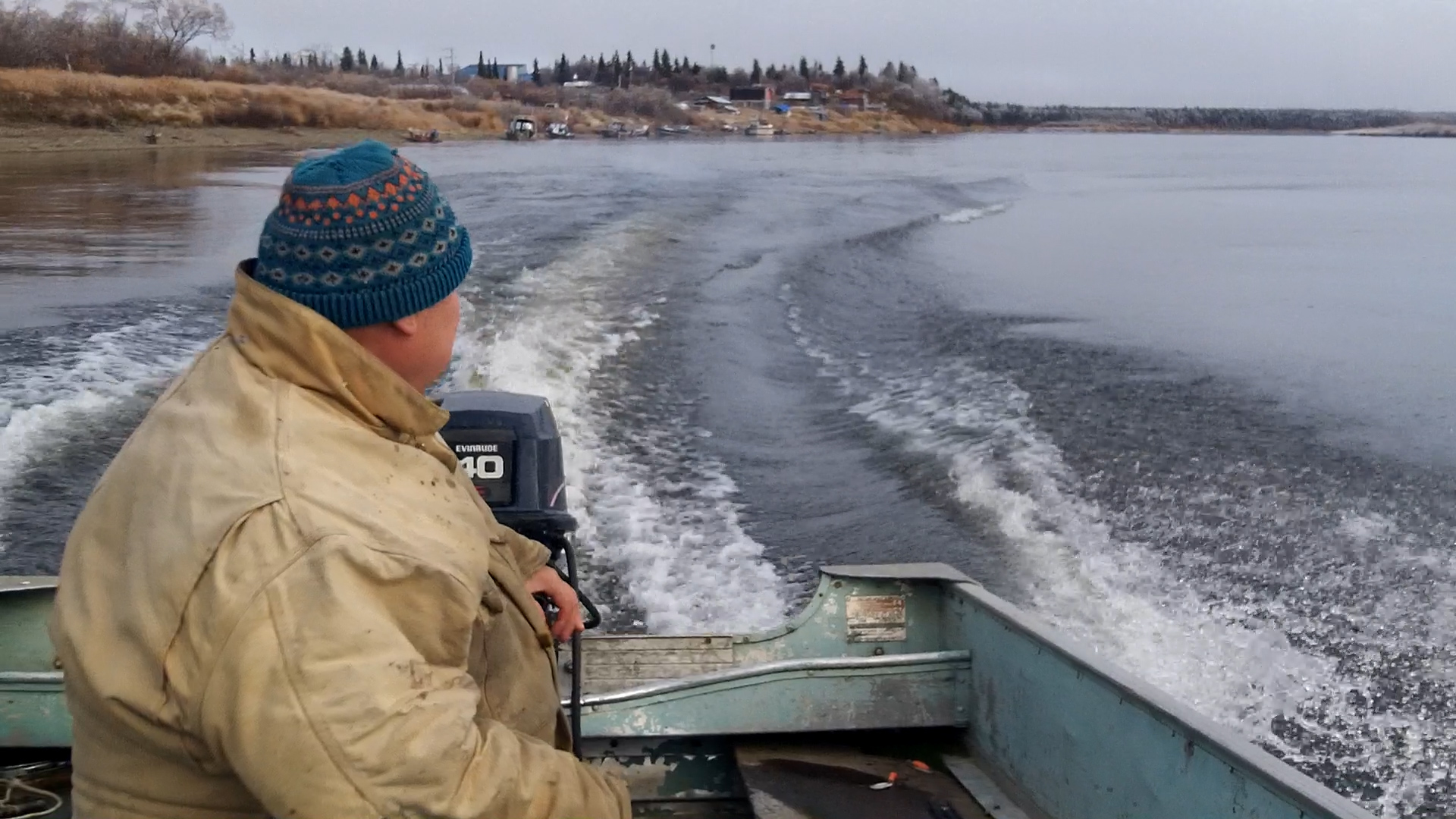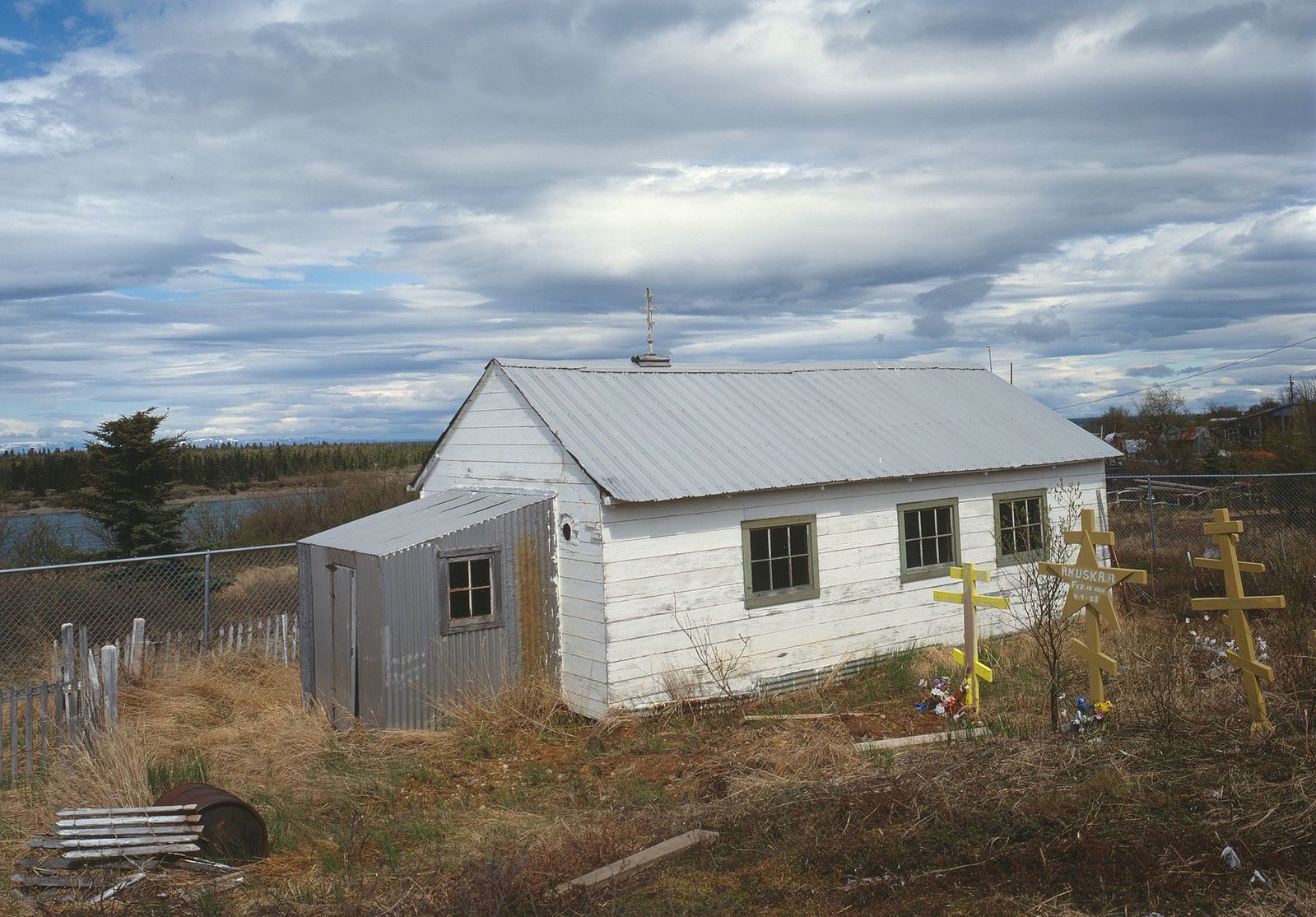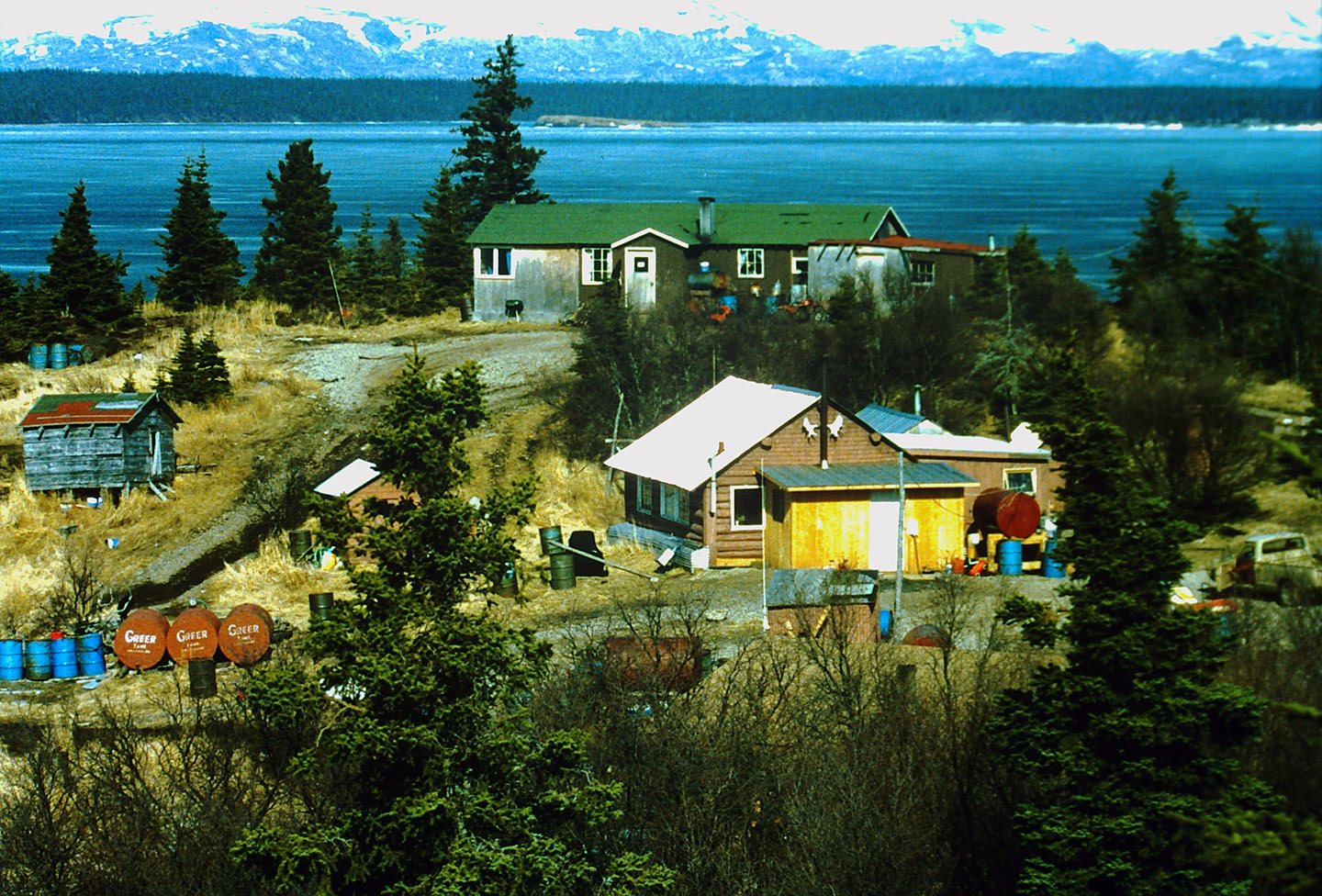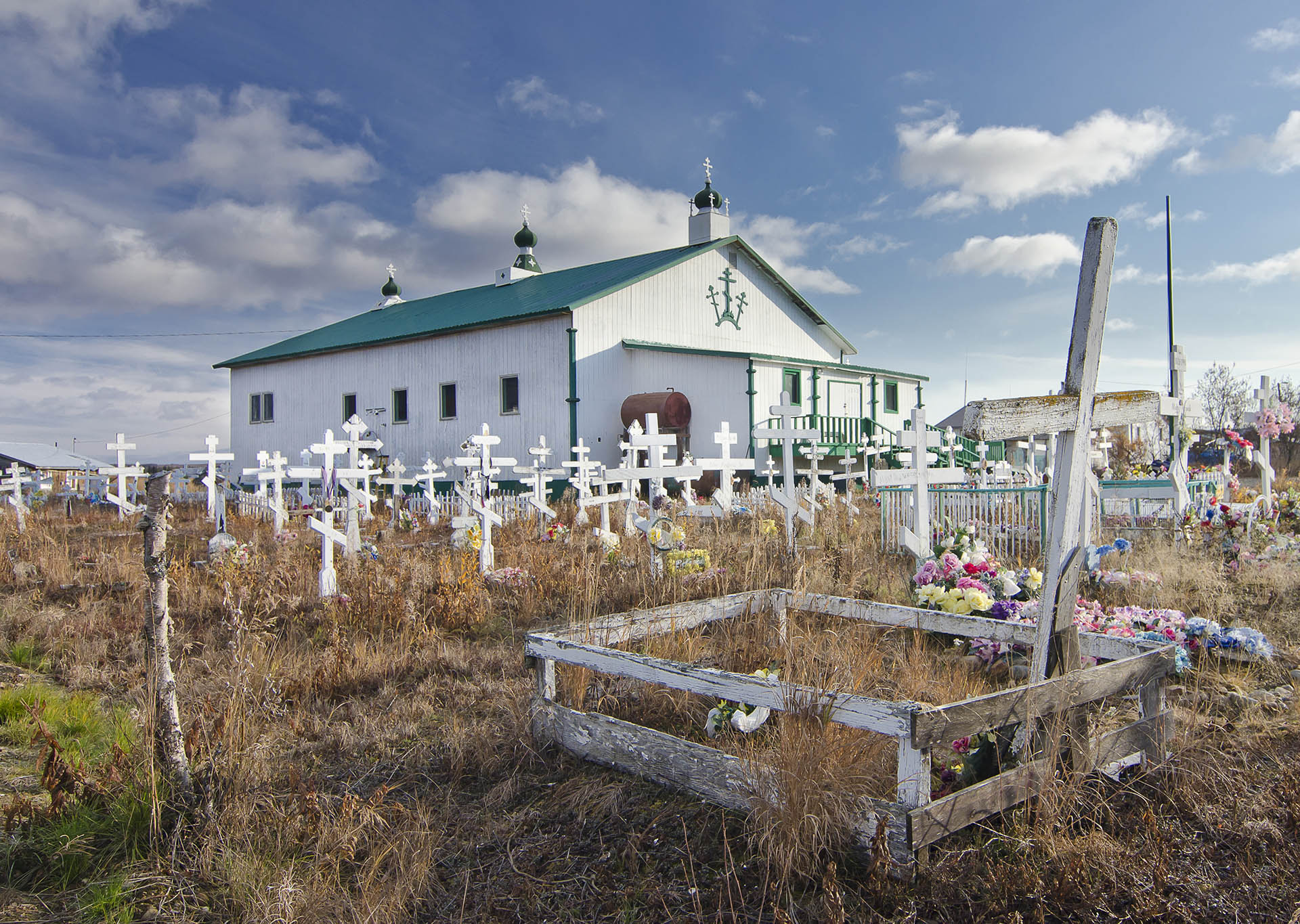Dillingham

Dillingham, population around 2,300, is located on Nushagak Bay, an inlet of Bristol Bay in southwestern Alaska. According to the U.S. Census Bureau, the city has a total area of 35.7 square miles, 2.1 square miles of which is water. It lies 327 miles southwest of Anchorage and is a six hour flight from Seattle. Once known as the Pacific salmon capital of the world, commercial fishing remains an important part of Dillingham’s local economy. On September 2, 2015, President Barack Obama visited Dillingham to speak with residents about how climate change is affecting them. While there, he took part in a traditional dance performance at Dillingham Middle School.
Ekwok

Ekwok is located along the Nushagak River, 43 miles northeast of Dillingham. It is the oldest continuously-occupied Yup’ik Eskimo village on the river. During the 1800s, the settlement was used in the spring and summer as a fish camp and in the fall as a base for berry picking. By 1923, it was the largest settlement along the river. Ekwok is a Yup’ik Eskimo village with residents who follow a fishing and subsistence lifestyle. The Yup’ik word for Ekwok is Iquaq, which means “end of the bluff.”
Igiugig

Igiugig (ig-ee-UH-gig) is located on the south shore of the Kvichak River, which flows from Iliamna Lake. Kiatagmuit Eskimos originally lived on the north bank of the Kvichak River in the village of Kaskanak and used Igiugig as a summer fish camp. At the turn of the century, the inhabitants moved upriver to the present site of Igiugig. People from Branch River also moved to Igiugig as it began to develop. Today, about one-third of residents can trace their roots back to the Branch River village. A post office was established in 1934 but was discontinued in 1954. Commercial and subsistence fishing sustain the community.
Kokhanok

Kokhanok, a fishing village, was first listed in the 1890 U.S. Census by A.B. Schanz. The community was relocated to higher ground a few years ago when the rising level of Iliamna Lake threatened several community buildings. A federally-recognized tribe is located in the community – the Kokhanok Village. The population of the community consists of 90.8% Alaska Native or part Native. The village has a mixed Native population, primarily Yup’ik Eskimo and Dena’ina. Subsistence activities are the focal point of the culture and lifestyle.
Naknek

Naknek (NACK-neck) is located on the north bank of the Naknek River, at the northeastern end of Bristol Bay. This region was first settled more than 6,000 years ago by Yup’ik Eskimos and Dena’ina. In 1821, the original Eskimo village of “Naugeik” was noted by Capt. Lt. Vasiliev. By 1880, the village was called Kinuyak. Naknek has a seasonal economy as a service center for the large red salmon fishery in Bristol Bay. In 2009, 105 residents held commercial fishing permits, and several thousand people typically flood the area during the fishing season. Millions of pounds of salmon are trucked over the Naknek to King Salmon Road each summer, where jets transport the fish to the Lower 48.
New Stuyahok

Located on the Nushagak River, New Stuyahok (STOY-a-hook) is 52 miles northeast of Dillingham and 12 miles upriver from Ekwok. In Yup’ik, is spelled “Cetuyaraq,” meaning “place to go downriver.” This gives insight into the community’s history, having moved twice further downriver during the last century. The community of around 500 residents has a school, medical clinic and airstrip that receives regular and charter flights.
